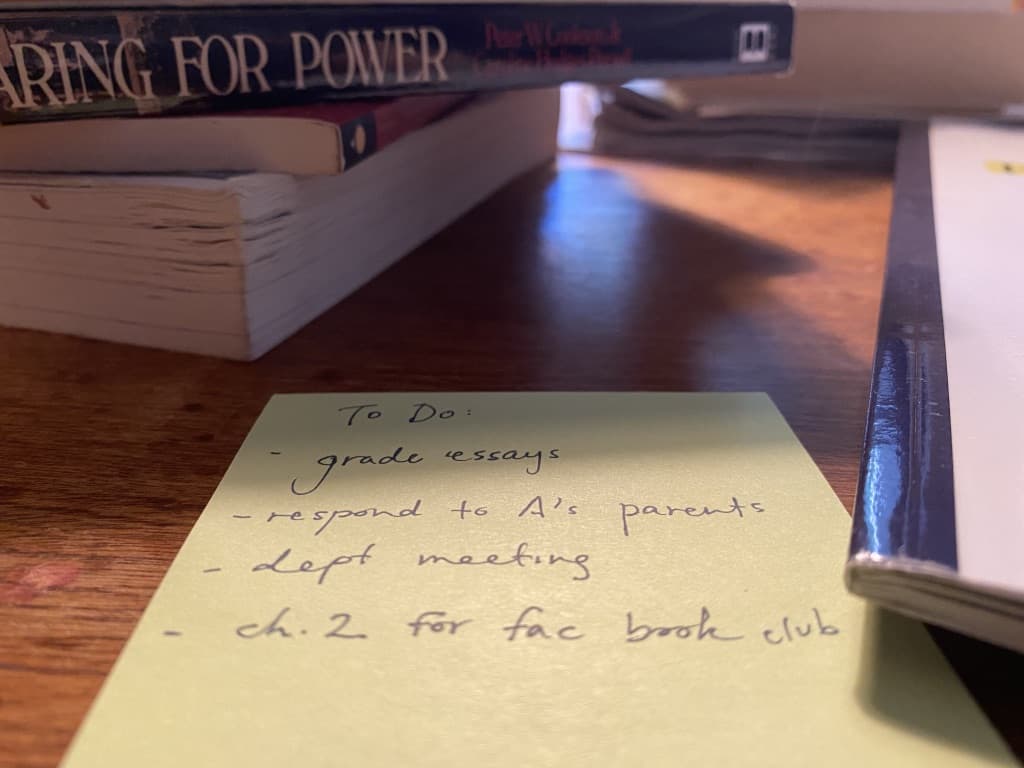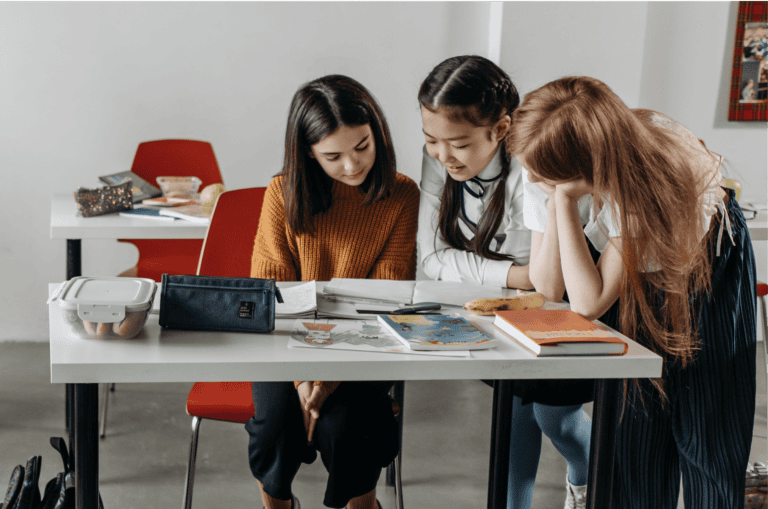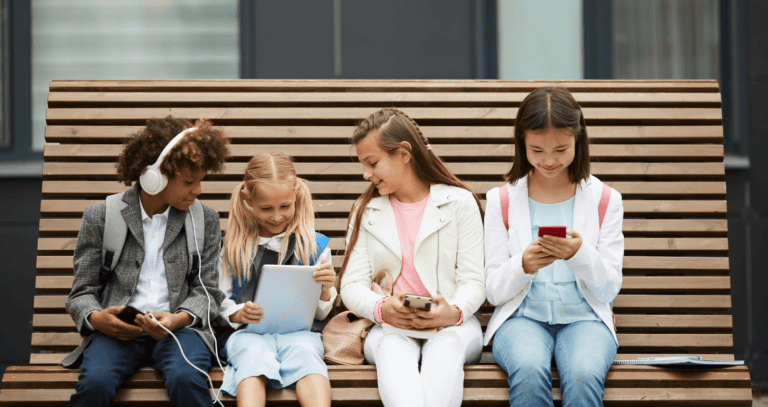Favoritism, Fun, and the Future of Learning
Beyond the Syllabus posts offer a round-up of resources that are “practice-adjacent,” as Katherine often says. We offer recs for podcasts, fiction and non, and TED talks that offer delightful – if surprising – ways to rethink or enrich discussion practice.
Podcast Hidden Brain, “Playing Favorites.” As teachers, we’re taught not to play favorites, but that’s a difficult task. There are good reasons why. As is his routine, host Shankar Vedantam tells specific stories both to introduce the core concept of his episode and to complicate it. In this case, he guides his reader through the problems that arise when one attempts to eradicate favoritism from personal and professional practice. Drawing on moral philosophy to psychology and evolutionary biology, Vedantam problematizes the ideas that it is morally necessary or even biologically possible to avoid favoritism; then, he confronts the reality that biological instincts to “protect our own” are insufficient for the moral demands for equity in contemporary society. We recommend this episode of Hidden Brain for the way that it raises blind spots in discussion facilitation, particularly blind spots raised not by discrimination against students, but in favor of some over others.
Humor — Kind of Anna Goldfarb, “How to Have a Fun Conversation Again.” Goldfarb talks to experts, in these days when it can easily feel like there’s nothing left to say, about how to talk to a friend or family member on the phone or over Zoom. From asking about the day-to-day to “avoid one-upping,” many of the tips seem pedestrian, but Goldfarb presents them with refreshing nuance. In fact, many of the tips that seem most obvious become, upon explanation, vital to the care of others during trying times. We like the article for the techniques it offers teachers in starting and sustaining conversations, especially conversations intended to foster social-emotional growth. Because the article focuses on connecting across distances and through technology, it may be especially useful for teachers facing the challenge of building discussion, discourse, connection, and care from afar with and among new groups of students in the fall.
Infographic Brian Wallace, “The Future of Distance Learning.” Ed Tech whiz Brian Wallace makes a visually compelling — if overstimulating — case for considering the ways that online learning could outlast Covid-19. In his infographic, Wallace reminds his audience that “by 2025 the eLearning market will reach $300 billion in value,” suggesting that online learning is neither just a trend nor one instigated solely by Covid-19. Among the relevant statistics highlighted across Wallace’s infographics are the “soft skills” students report to have learned (though it’s unclear who these students are and how data was collected). 85% felt they learned “critical thinking and problem-solving”; 84% felt improvement in time management. While the infographic leaves out far too many details to be meaningfully convincing — for example, it fails to recognize if these perceived growth areas are measurable, or if they are perceived growth beyond in-classroom experiences, etc. — we appreciate the change of altitude. In weeks during which discourse about distance learning is often dominated by details, Wallace reminds us of the bigger picture. Readers can still be inspired by the hope the article encourages that distance learning could, in fact, be good for students.






